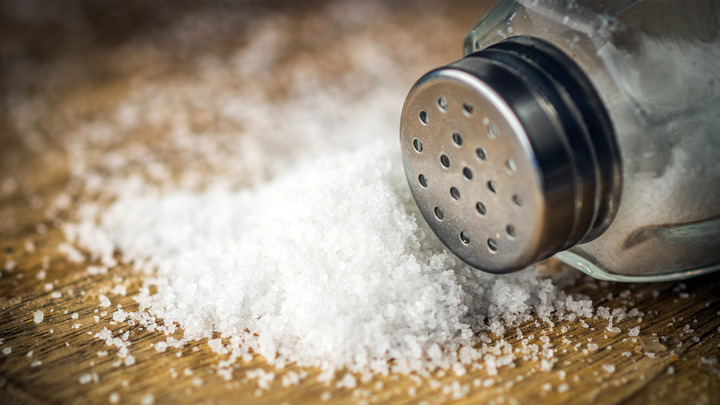
It’s no secret that diets high in sodium pose significant health risks, including hypertension, stroke, heart disease, stomach cancer, and chronic kidney disease. In the United States, processed, packaged, and restaurant meals contribute to a staggering 75 percent of daily sodium intake, according to the American Heart Association.
In response to this health crisis, the World Health Organization (WHO) has set an ambitious goal: to reduce the population-wide average sodium intake by 30 percent by 2025. This initiative aims to limit daily sodium consumption to around 2,000 milligrams per person, a significant reduction from the estimated 3,400 milligrams currently consumed by the average American each day. In 2021, the WHO also issued guidelines on sodium levels in key food categories such as processed meats, bread, and sauces, which are major contributors to sodium intake.
A recent study, published on January 10 in the journal Hypertension, provides compelling evidence of the potential benefits of sodium reduction. The study examines the voluntary efforts of the Australian government to reformulate 27 packaged food categories nationwide. The findings reveal that reducing sodium in packaged foods could save approximately 1,700 lives annually and prevent nearly 7,000 new cases of heart disease, kidney disease, and stomach cancer in Australia.
Lead author of the study, Kathy Trieu, a research fellow in food policy at The George Institute for Global Health and a lecturer at the University of New South Wales, explains the study’s significance. By extending the Australian program to align with the WHO’s sodium benchmarks, Trieu and her team estimated even greater health benefits. Utilizing a statistical model based on national data from 2011 to 2012, the researchers projected the potential impact of sodium reduction on rates of cardiovascular disease and chronic kidney disease, both strongly linked to high blood pressure.
The study suggests that compliance with WHO benchmarks, compared to Australia’s existing sodium targets, could result in significant health gains, preventing more than three times as many deaths and new cases of disease annually. Trieu emphasizes that including more packaged food products and implementing stricter sodium targets could further amplify these benefits.
However, the study acknowledges certain limitations, such as the need for more recent data and potential inaccuracies in estimating disease burden compared to mortality rates.
In light of these findings, the CDC recommends several strategies for reducing sodium intake, including opting for fresh, frozen, or canned vegetables with no added salt, carefully reading Nutrition Facts labels to compare sodium content in different products, and minimizing the use of sauces, mixes, and instant products.
In conclusion, reducing sodium in packaged foods represents a crucial step towards improving public health and preventing a wide range of debilitating diseases.